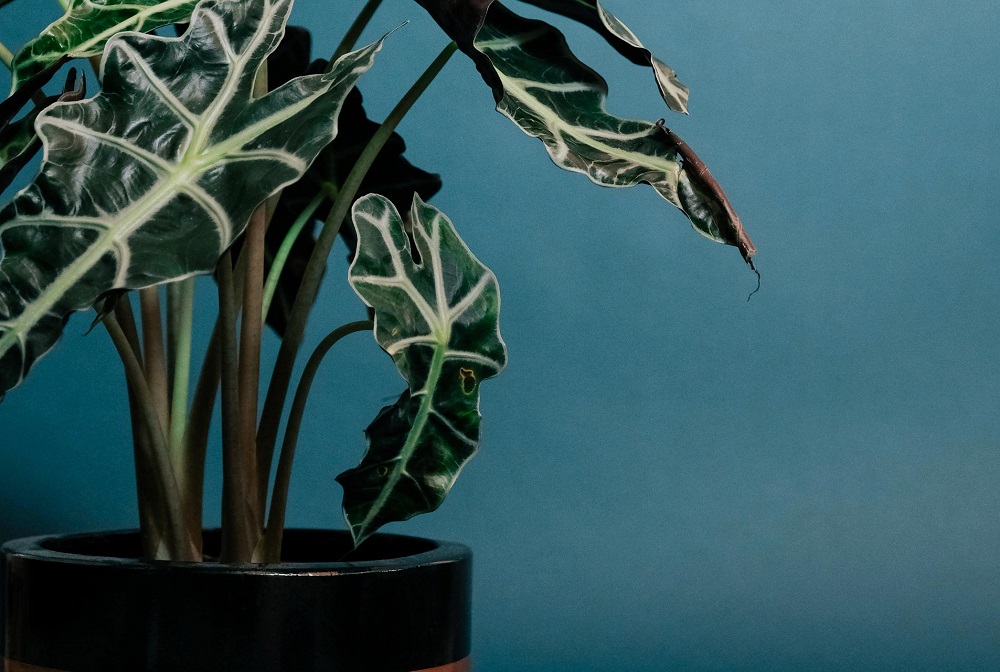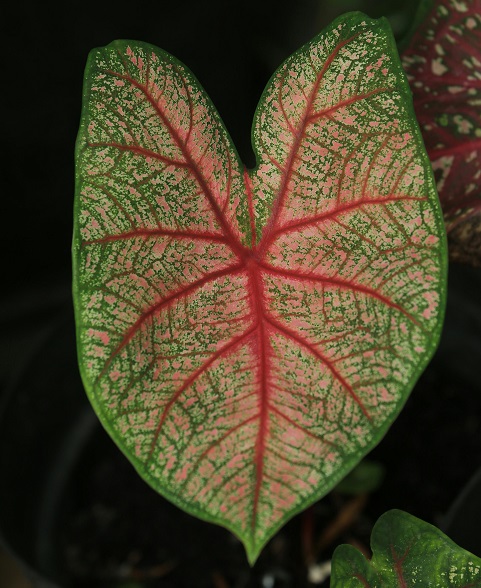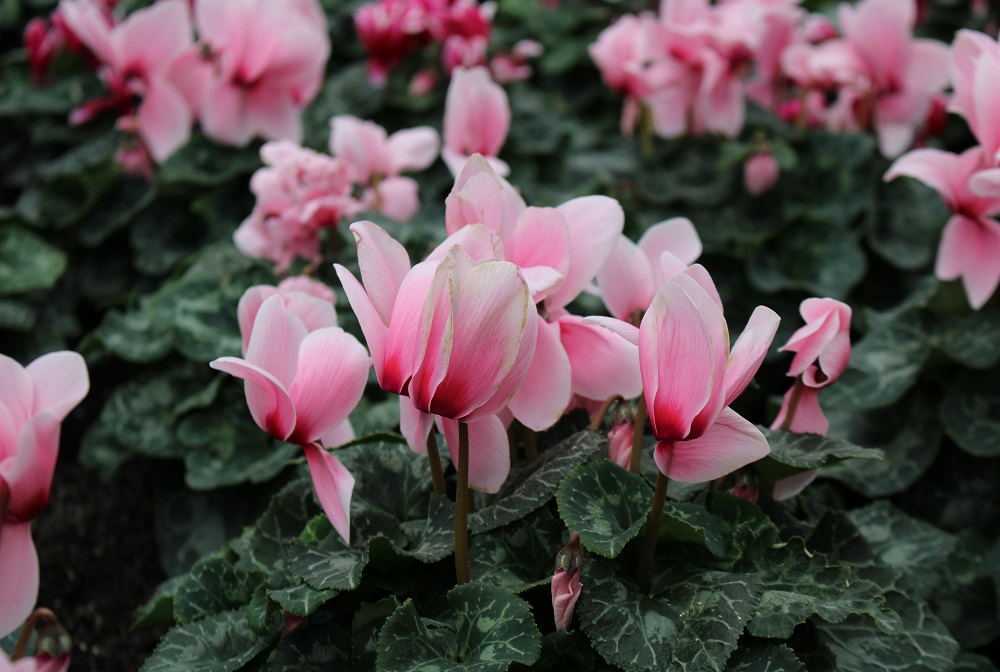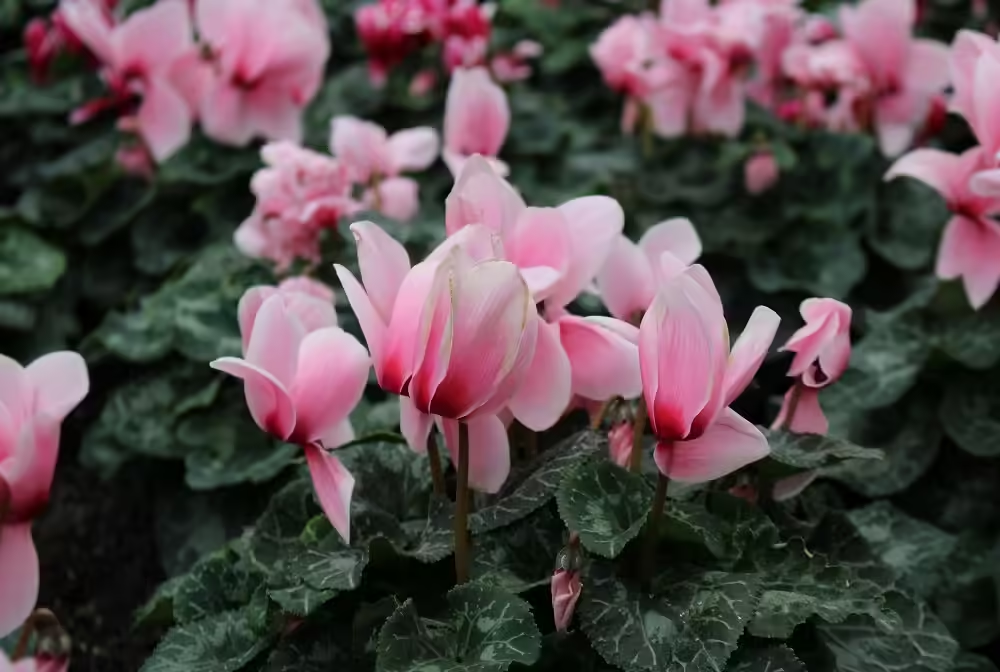If you’ve ever wondered, What house plants have corms? you’re in for an exciting journey into the world of bulbs and unique plant propagation. Corms, though often confused with traditional bulbs, are specialized underground stems that store nutrients and energy for plants to survive through tough conditions.
Some popular houseplants, like Alocasia Polly or certain species of Caladium, grow from these fascinating structures.
Not only do these plants add beauty and intrigue to your indoor garden, but they also offer a rewarding propagation experience for plant lovers.
What House plants Have Corms
1. Alocasia (Elephant Ear)

Origin: Native to tropical and subtropical regions of Asia and Eastern Australia, Alocasia is well-known for its stunning, large leaves that resemble an elephant’s ear.
Care: Alocasias love bright, indirect light and high humidity. They thrive in well-draining soil and prefer to be watered when the top inch of the soil has dried out. These plants are sensitive to cold drafts, so keeping them warm and humid is essential for their growth. Alocasias can go dormant during winter, and this is when their corms can be divided for propagation.
Specificities: Alocasia’s corms can be harvested during repotting and used to propagate new plants.
2. Caladium

Origin: Caladiums hail from South America, particularly Brazil, and are famous for their strikingly colorful leaves, which come in patterns of pink, red, white, and green.
Care: These beauties thrive in bright, indirect light and high humidity, making them perfect for indoor settings. Keep their soil consistently moist, but avoid letting the plant sit in soggy soil. Caladiums often go dormant in winter, at which point you can harvest their corms for propagation. Be sure to give them some extra humidity by misting their leaves or placing a humidifier nearby.
Specificities: Caladiums are seasonal plants, typically grown from corms in spring, and their foliage adds a burst of color to any indoor garden.
3. Cyclamen is one of the House Plants that Have Corms

Origin: Originally from Europe and the Mediterranean region, Cyclamen plants are cherished for their vibrant flowers and heart-shaped leaves.
Care: Cyclamens prefer cool indoor temperatures and indirect light. Keep their soil moist but well-drained, and avoid watering directly on the crown of the plant. After flowering, Cyclamens enter a dormant period, where their corms can be stored in a dry, cool place for future planting.
Specificities: Cyclamen’s corms are sensitive to rot, so it’s important to ensure good drainage in their pots.
4. Gladiolus
Origin: Native to Africa, Gladiolus plants are often known for their tall, striking flowers that grow from corms.
Care: Indoors, Gladiolus needs bright light and well-draining soil. Water regularly, but avoid overwatering as this can cause the corms to rot. Gladiolus plants grow fast and can bloom beautifully indoors with the right care.
Specificities: These corms multiply over time, allowing you to divide and propagate new plants.
5. Crocus is also one of the house plants having corms
Origin: Native to Europe, North Africa, and the Middle East, Crocus plants are commonly associated with early spring blooms.
Care: While Crocus is often grown outdoors, they can be successfully cultivated indoors with bright sunlight and well-drained soil. Their corms need a chilling period, mimicking winter, for proper blooming. Water them moderately, but ensure that the potting soil is never waterlogged.
Specificities: Crocus corms should be planted in the fall for indoor blooming in winter or early spring, making them a delightful winter houseplant.
These house plants that have corms are ideal for bringing beauty and diversity into your home garden. Not only do they have captivating foliage and blooms, but they also offer a fun opportunity for propagation through their corms. Whether you’re growing Alocasia for its dramatic leaves or Cyclamen for its vibrant blooms, each of these plants can enhance your indoor space with ease!
If you’re ready to grow your own Alocasia Polly plants from bulbs (also known as corms), here’s a fun story that brings the process to life, step-by-step!
How I Started Growing Alocasia Polly from Bulbs
A while back, I decided to repot my beloved Alocasia Polly. Little did I know that beneath the soil, I’d discover tiny treasures—corms! These small, brown, almost magical bulbs are the secret to expanding your collection of this stunning plant. I felt like I had uncovered hidden gems just waiting to grow into lush new plants.
The Journey Begins: Spotting the Corms
The first time I repotted my Alocasia Polly, I gently dug into the soil, and there they were! Small, round bulbs with a pointed top—corms that were just begging for attention. One time, I found eleven corms on a single plant! If you’ve got a mature plant, keep an eye out for these treasures during repotting.
A Gentle Clean-Up: Preparing the Bulbs
After collecting them, I rinsed each bulb under gentle water to remove any dirt. Some people prefer to peel off the outer brown skin, but I like to keep it on for a more natural feel. Each bulb seemed like a tiny capsule of potential, just waiting to grow into something beautiful.
Setting the Stage: Into the Jar They Go
For the next step, I arranged the bulbs horizontally in a small glass jar with a lid. I like using glass because you can see everything happening, but a translucent plastic container works, too. If you’re using clay balls for support, you can arrange the corms with their pointed side facing up—whatever works for you!
Feeding the Corms: Adding Just Enough Water
Then comes the fun part—pouring in a little water. But here’s the trick: you don’t want to drown the corms. I added just enough to cover about 2 millimeters of the bottom, making sure the bulbs stayed moist but not soaked. After that, I placed the lid on the jar, leaving a small gap for ventilation. If you’re using a plastic lid, you can even poke a tiny hole to let it breathe!
The Wait: Patience Pays Off
The magic doesn’t happen overnight, but within a few days, you’ll see the corms starting to come to life. The pointed tip will turn green, and soon enough, roots begin to emerge. It’s like watching a slow-motion miracle! I kept a close watch, adding water when necessary or changing it when it became discolored. After about 2-3 weeks, roots sprouted, and soon enough, a small leaf was ready to break free.
Time to Plant: Potting the New Growth
Once the first leaves reached 1.5-2 inches (3-5 cm), I knew it was time. With their roots developed and leaves peeking out, I transferred the bulbs to small pots with soil fit for Alocasia Polly. To keep the humidity high—just like their native environment—I covered the pots lightly, helping them adjust to their new home.
Growing Alocasia Polly from corms is a slow, rewarding process. But when you see those fresh leaves unfurling from a tiny bulb, it’s all worth it! Whether you’re a seasoned plant parent or just starting out, give bulb propagation a try—you’ll love watching new life take root from such humble beginnings.
Final Thoughts
Knowing what house plants have corms can open up a whole new world of gardening opportunities.
With plants like Alocasia Polly and Caladium, you’ll find that not only are these house plants with bulbs beautiful and exotic, but they also offer you a fun and rewarding way to propagate more greenery indoors.
If you’re ready to get started, keep an eye out for those hidden corms the next time you repot your plants, and let the adventure of growing from bulbs begin!

